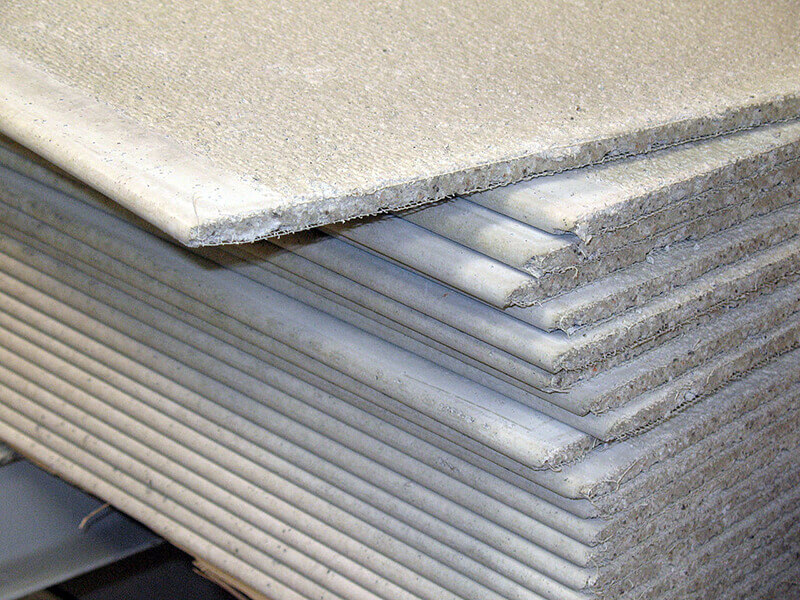Drywall, a fundamental component of modern construction, plays a crucial role in creating functional and aesthetically pleasing interior spaces. Understanding the composition and advancements in drywall materials is essential for architects, contractors, and homeowners alike. In this blog post, we will delve into the intricate details of what drywall is made of, exploring its various components, recent innovations, and their implications for the construction industry.
- The Foundation: Gypsum Core
Drywall primarily consists of a gypsum core, which forms the foundation of this versatile building material. Gypsum, a naturally occurring mineral composed of calcium sulfate dihydrate, is mined from quarries worldwide. Its unique properties, such as fire resistance and sound insulation, make it an ideal choice for constructing interior walls and ceilings. - Reinforcing the Core: Paper Facings
To enhance the strength and durability of drywall, the gypsum core is sandwiched between two layers of paper facings. These facings, typically made from recycled paper, provide structural integrity, prevent moisture absorption, and contribute to the overall fire resistance of the material. - Advancements in Drywall Materials
In recent years, the construction industry has witnessed significant advancements in drywall materials, leading to improved performance and sustainability. Here are some noteworthy developments: a. Fiberglass-Faced Drywall: To address moisture-related issues, manufacturers have introduced fiberglass-faced drywall. This innovation replaces the traditional paper facings with fiberglass mats, offering enhanced resistance to mold, mildew, and moisture damage. b. Soundproof Drywall: Recognizing the importance of acoustic comfort, specialized soundproof drywall has emerged. These products incorporate additional layers of gypsum and viscoelastic polymers, effectively reducing sound transmission between rooms. c. Impact-Resistant Drywall: Designed to withstand accidental impacts, impact-resistant drywall incorporates a fiberglass mesh layer within the gypsum core. This reinforcement significantly improves resistance to dents, cracks, and other forms of damage, making it ideal for high-traffic areas. - Environmental Considerations
As sustainability becomes a paramount concern, the drywall industry has responded with eco-friendly alternatives. Some manufacturers now offer drywall products with recycled gypsum content, reducing the demand for virgin materials. Additionally, advancements in manufacturing processes have led to reduced energy consumption and lower carbon emissions during production.
Conclusion:
Drywall, composed of a gypsum core and paper facings, has revolutionized the construction industry with its versatility and performance. Recent advancements, including fiberglass-faced, soundproof, and impact-resistant drywall, have further expanded its applications. As the industry continues to prioritize sustainability, eco-friendly alternatives and energy-efficient manufacturing processes are gaining prominence. By staying informed about the composition and advancements in drywall materials, professionals and homeowners can make informed decisions, ensuring the creation of durable, aesthetically pleasing, and environmentally conscious interior spaces.
